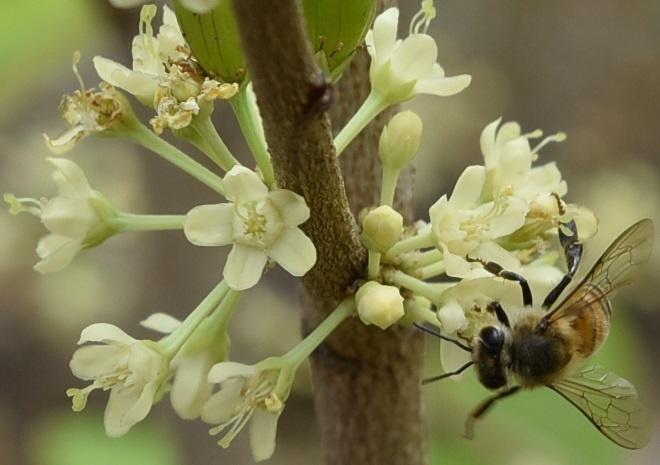The coca plant, known globally as the source of cocaine, is a tropical shrub that has been used in traditional medicine for centuries in the Andean region. Despite its reputation as a drug plant, very little is known about the coca plant and its wild relatives. Oscar Alejandro Perez-Escobar, a Colombian researcher at the Royal Botanic Gardens, Kew in the UK, is working on the classification and evolution of coca. He believes that coca is the worst understood and most infamous of all cultivated plants, and more research is needed to explore its potential in areas such as medicine and bio-economics.
A study published in 2024 analyzed 342 herbarium coca plant specimens and found that leaf shape and size were not reliable indicators to distinguish between species and varieties. This challenges traditional methods used to identify cultivated varieties from wild ones. Perez-Escobar emphasizes the need to fill in gaps in information about the origin of the coca plant to disassociate it from its reputation as the source of cocaine. He highlights the importance of understanding which coca species can be developed for bio-economies and which should be preserved for conservation purposes.
Genetic sequencing of two cultivated varieties of coca in 2022 provided essential information to understand biological processes in plants. Despite doubts about the usefulness of morphological characteristics in identifying plants, genetic codes are crucial for research. Perez-Escobar’s personal journey as a Colombian researcher, from growing up in Colombia to pursuing a PhD in Germany and working at the Royal Botanic Gardens, Kew, has shaped his research interests in studying the classification and evolution of plants like orchids, watermelon, date palm, and coca.
Colombian biologist Yesenia Madrigal Bedoya, a PhD candidate at the University of Antioquia, is researching the genetic basis of flowering in Colombian orchids. By understanding the genes and environmental cues that control the transition from vegetative to reproductive phases in orchids, Madrigal aims to support sustainable cut-flower markets and protect wild species from over-harvesting. She believes that identifying candidate genes controlling floral transition can help manage biodiversity for potential sustainable exploitation.
Perez-Escobar and Madrigal emphasize the importance of local researchers in the Global South who have a deep understanding of their region’s biodiversity and ecosystems. They believe that this knowledge is essential for conservation, sustainable use of biodiversity, and innovations in medicine, agriculture, and biotechnology. Both researchers are working on projects that aim to unlock the potential of plants like coca and orchids, highlighting the importance of understanding and preserving the diverse plant species found in Colombia and the Andean region.


